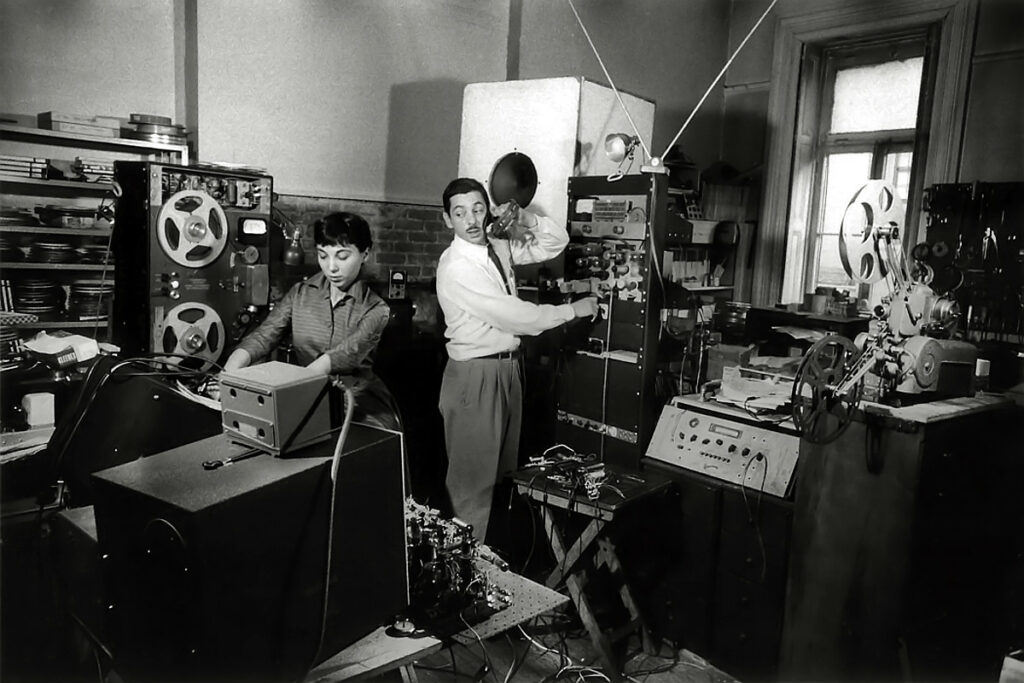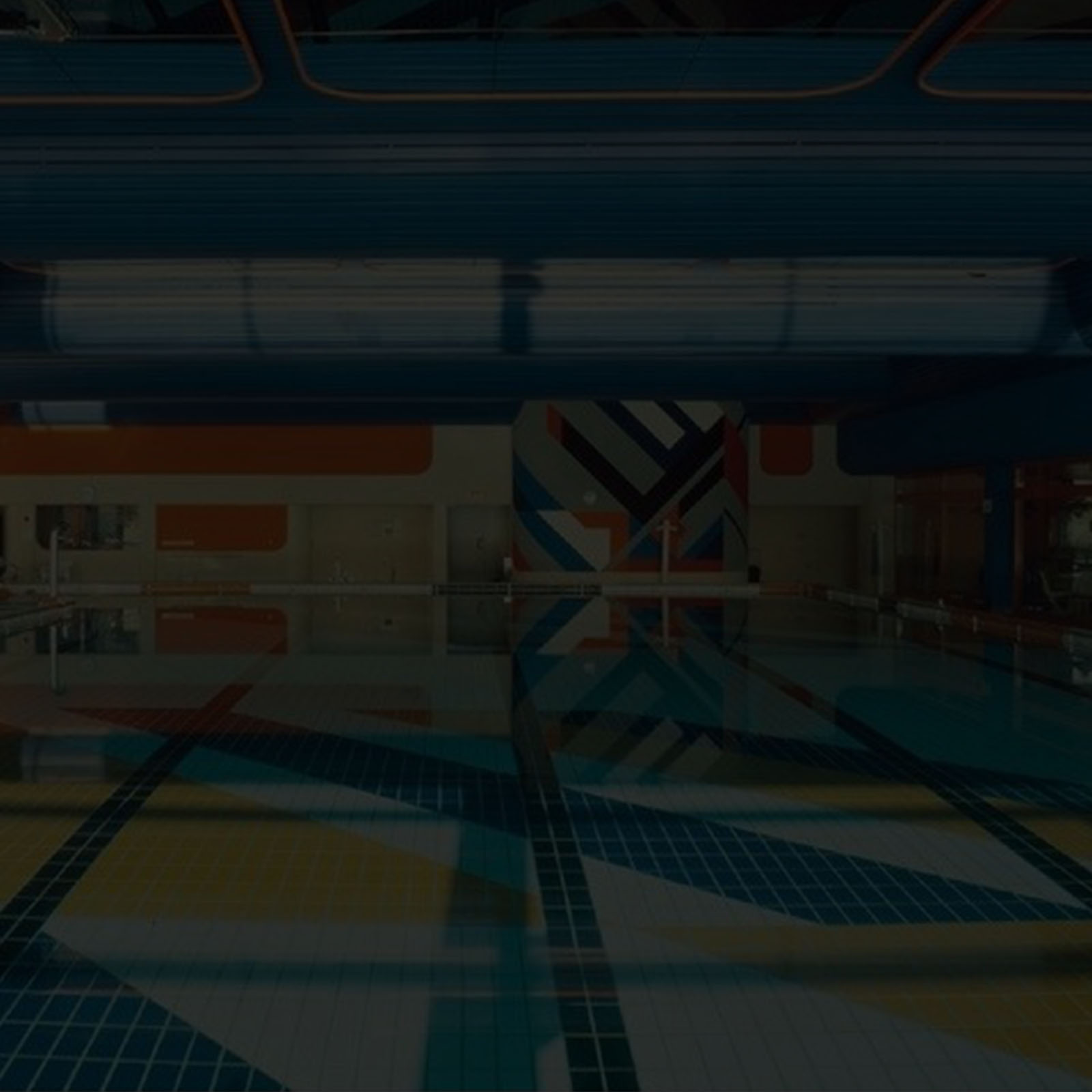Early ElectroMIX is a series to document the history of experimental Electronic music from the 50s to the 80s, composers making use of electronic instruments, test equipment, generators of synthetic signals and sounds… to analog synthesizers…While our sessions document those who make it today my desire is to transmit some pioneering works which paved the way to what we try to create today.
Realizing that most of those seminal recordings were not available I decided to archive them in a contemporary way, DJing-mixing them and while most of the time running several sources together or in medleys I made sure to respect the original intent of each composers as I want to transmit their message rather than mine.
The only one I would dare deliver being that they should not be forgotten…
Philippe Petit / April 2021.
Recorded (on March 21/2021) for our series broadcasted on Modular-Station
https://modular-station.com
Tracklist:
Bogusław Schaeffer – Symfonia Elektroniczna (1968) 00:00 > 05:10
Claude Ballif – Points, Mouvements (1962) 04:10 > 14:21
Martin Davorin Jagodic – Tempo Furioso (1975) 10:40 > 30:48
Costin Miereanu – Luna Cinese Parte Prima (1975) 28:49 > 36:59
Iván Pequeño – Y removieron con sus alas el tiempo estancado (1977) 35:58 > 46:05
Alain Savouret – L’arbre et caetera (1977) 45:03 > 55:02
Otto Luening – Fantasy in Space (1952) 55:02 > 57:46
S.D. Speeth – Theme And Variations (1962) 57:43 > 58:59
Louis and Bebe Barron – Forbidden Planet (1956) 58:55 > 01:01:16
Bogusław Schaeffer – Symfonia Elektroniczna (1968 / Bölt)
Boguslaw Schaeffer was a Polish composer, a music theorist and a teacher. He taught at the Kraków Academy from 1963.
As a composer, he rapidly became the most fearless Polish proponent of new technical and aesthetic boundaries, particularly with regard to notation and performance practice with over 400 works to his name including some Electronics masterpieces done at the Polish Radio Experimental Studio (PRES).
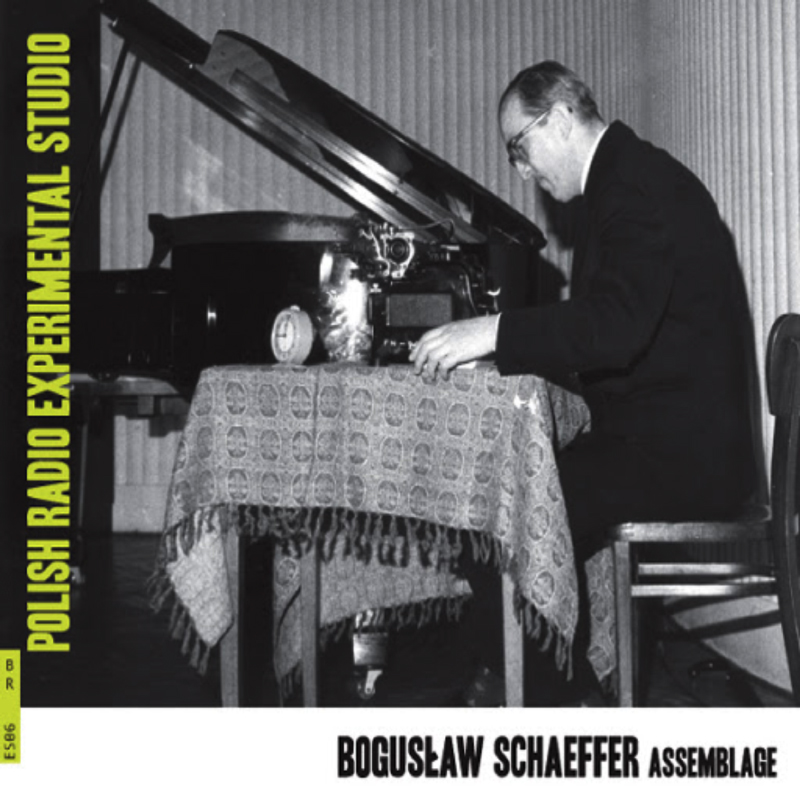
Claude Ballif – Points, Mouvements (1962 / Sub Rosa)
Claude Ballif was a French music teacher and composer who learned music at the Conservatoire de Bordeaux and Conservatoire de Paris with Olivier Messiaen, then at Berlin Hochschule für Musik with Boris Blacher. In 1971, he became professor of musical analysis at Conservatoire de Paris, and then associate professor of composition after 1982.
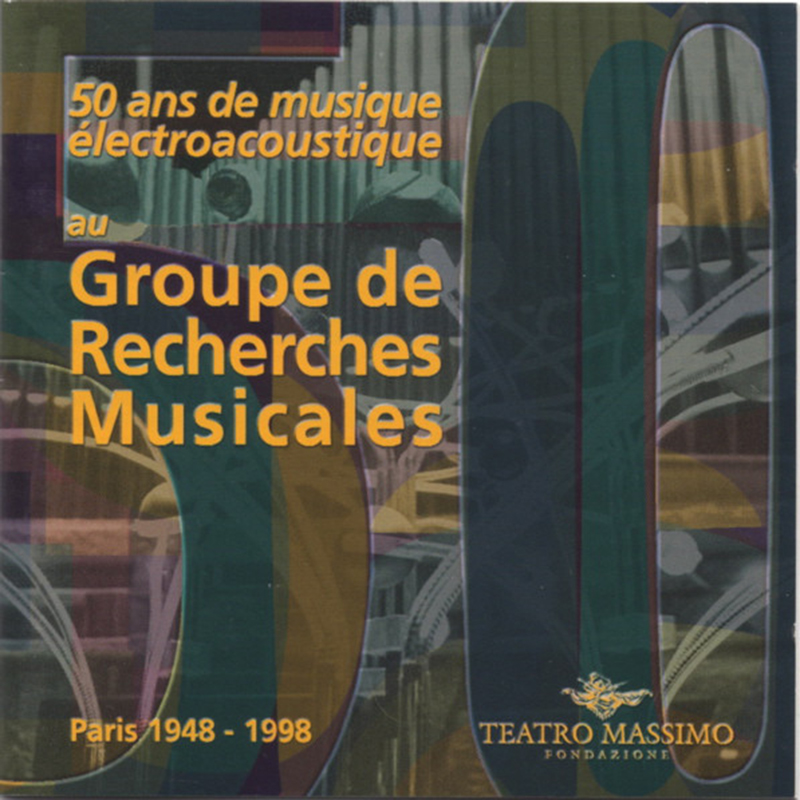
Martin Davorin Jagodic – Tempo Furioso (1975 / Cramps)
Croatian composer born in Zagreb and living in France. He teaches, performs and has recorded his own music. His concerts involved video, film and slide projections. Jagodic has collaborated with John Cage and various painters and film makers.
In spite of being active as a musician for over 40 years, only the one album has been issued to date*, a landmark work of sonic art and electronics bridging INA-GRM styles and the Stockhausen-like elements.
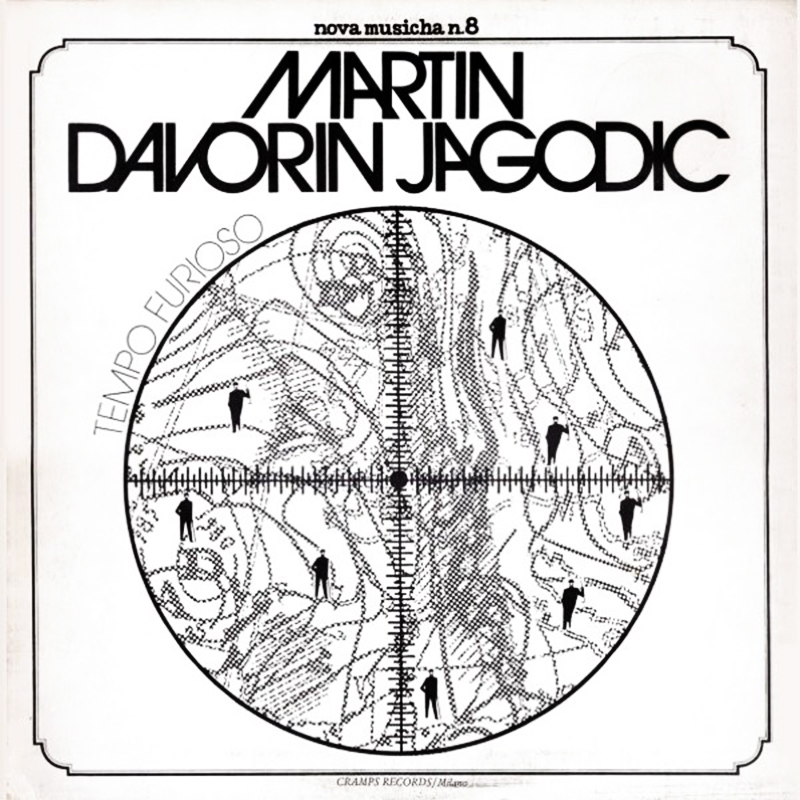
Costin Miereanu – Luna Cinese Parte Prima (1975 / Cramps)
Costin Miereanu received musical training at the Bucharest Conservatory, then went to Darmstadt to take courses with Stockhausen, Ligeti and Karkoschka. Later on he moved to Paris, obtained a double doctorate, one in semiotics and aesthetics, the other in letters and human sciences. Appointed professor of philosophy, aesthetics and art sciences at the University of Paris I in 1981, he also acceded, the same year, to the post of artistic director of the Salabert editions. Endowed with multiple responsibilities in both the academic and musical fields – where he also assumed the artistic co-direction of the 2e2m ensemble from 1982 to 1985 – Costin Miereanu is interested in complex forms which are most often inspired by models external to music, thus promoting a not exclusively musical conception of the compositional act. His work has been illustrated in many repertoires and received several distinctions…
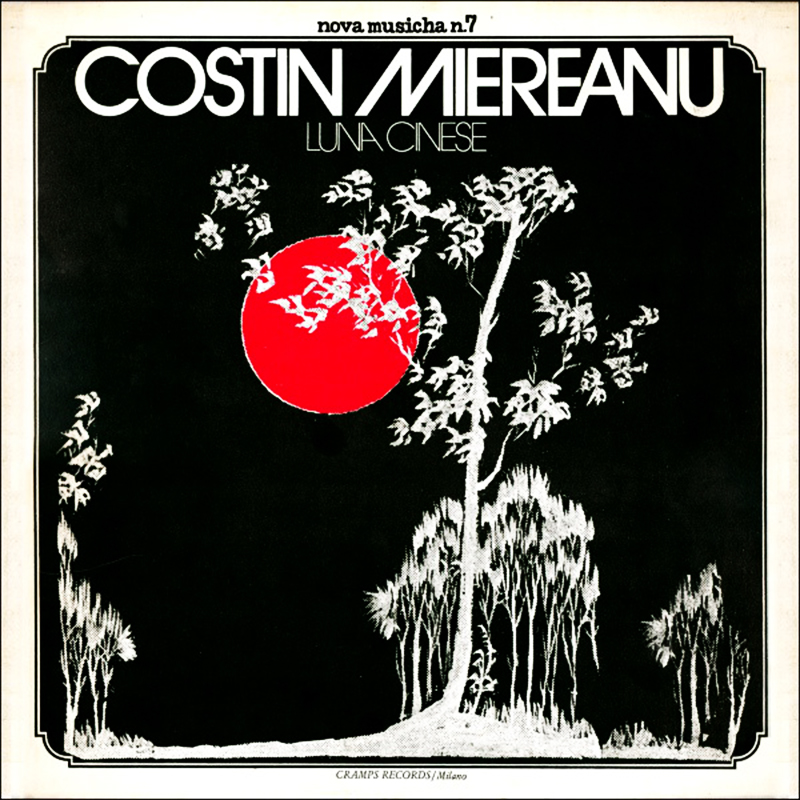
Iván Pequeño – Y removieron con sus alas el tiempo estancado (1977 / Eleven)
This is an absolutely incredible document of Political Electronic Music composed from 1973-1975 at Paris’ Studio de Musique Expérimentale du Centre Americain & at Belgrade’s Studio de Musique Electronique du Treci Program-Radio.
“Y Removiero Con Sus Alas El Tiempo Estancado” – translated by Pequeño himself via email as “Over the weekend the vultures got into the presidential palace by pecking through the screens on the balcony windows… and the flapping of their wings stirred up the stagnant time inside” – wraps García-Márquez’s “The Autumn of the Patriarch”, read by Sara Bourasseau & Francisco Zumarque, around a stellar array of diffuse, precision electronics.
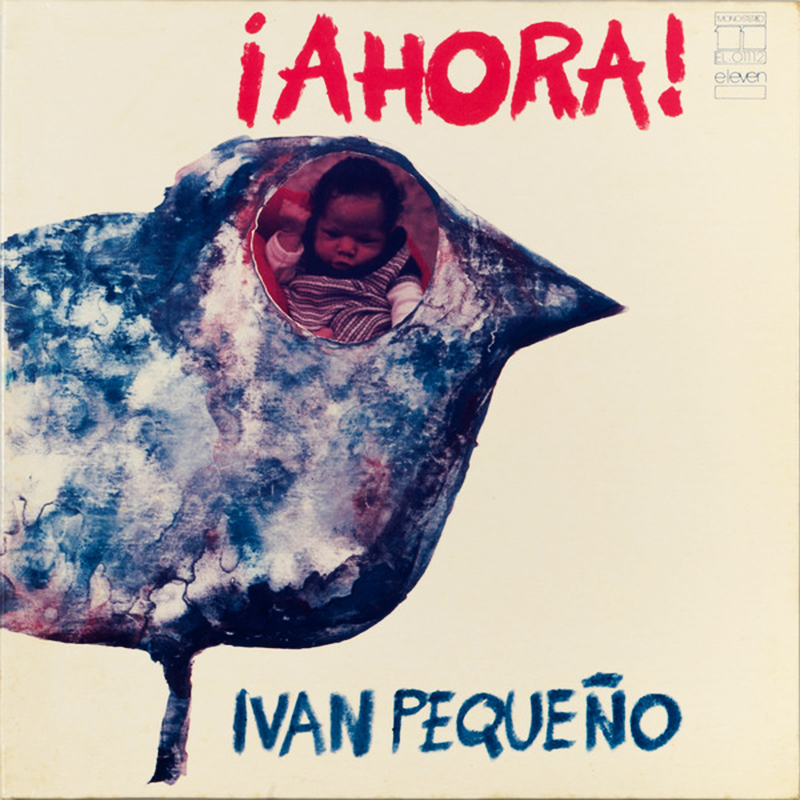
Alain Savouret – L’arbre et caetera (1977 / INA-GRM)
Alain Savouret lives in Le Mans, France and is a composer who studied music in the middle of the 60s at the Conservatoire de Paris (CNSM) with Elsa Barraine, Olivier Messiaen, and followed an experimental composition cycle at Groupe de recherches musicales (GRM).
He’s been also a producer for French Radio Broadcasting station France Culture, a teacher for symphonic composition and Generative Improvisation at CNSM or non-idiomatic improvisation with Group OPUS N.
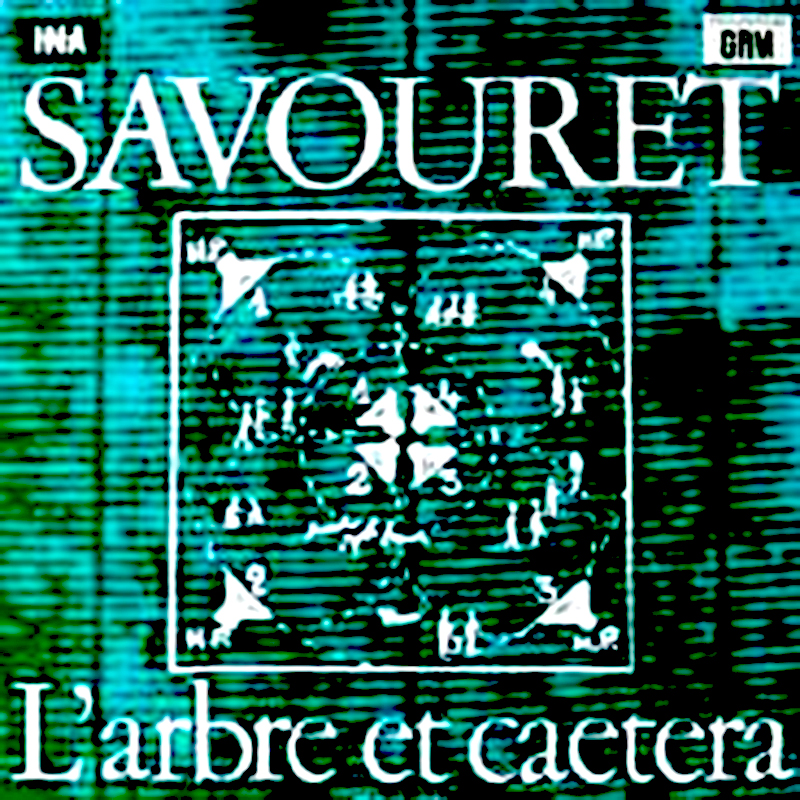
Otto Luening – Fantasy in Space (1952 / Gene Bruck Enterprises Inc.)
American composer, conductor, composition teacher, and flutist. In the 1950s, Luening and fellow composer Vladimir Ussachevsky helped to establish the Columbia-Princeton Electronic Music Center where they created on a landmark series of collaborative compositions for magnetic tape and synthesizer, as well as works for acoustic instruments in combination with electronic sounds. This association resulted in twenty compositions, Luening’s sole-authored works including Fantasy in Space for tape (1952), Gargoyles for violin and tape (1960), and Synthesis for orchestra and tape (1962).
Although this is the music he is most famous for today, Luening also composed a vast body of music, much of it chamber music.
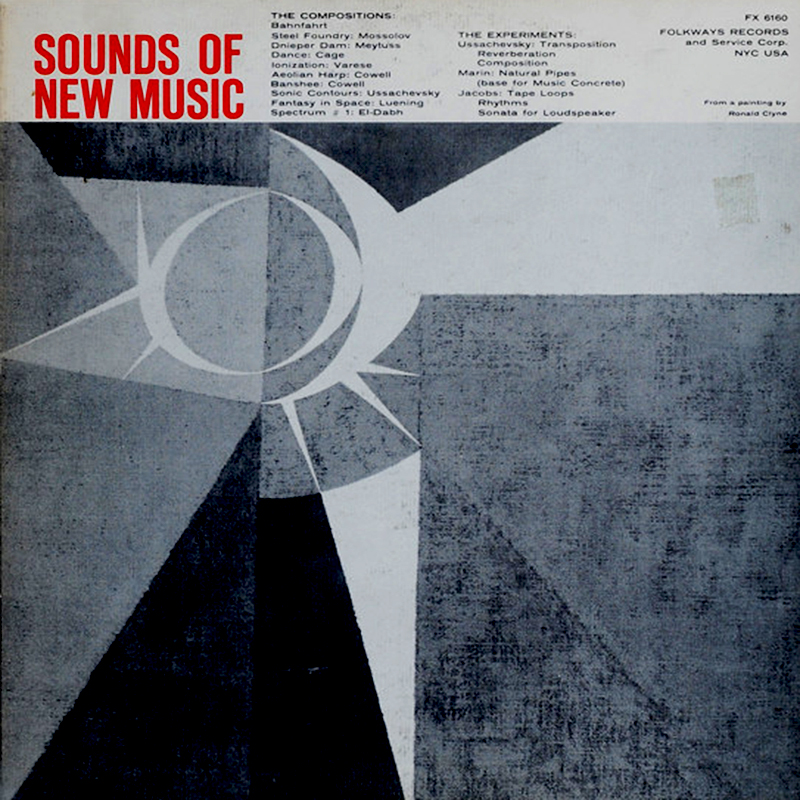
S.D. Speeth – Theme And Variations (1962 / Decca)
In 1962 the Music From Mathematics Showcase Project marked the phonographic introduction of computer generated music for the first time in the public arena. Almost exclusively created at Bell Laboratories using an electronic to sound transducer and a state of the art IBM 7090. Instigated by Max Mathews and Bell Laboratories’ stalwart vacuum tube scientist John Robinson Pierce in company of some other fellow students/composers, the mysterious S.D. Speeth was one of them. Those recordings marked the birth of computer programming technology for music composition (a method known as MUSIC-N) leading in music production softwares known as Max MSP, Usine or Pure Data.
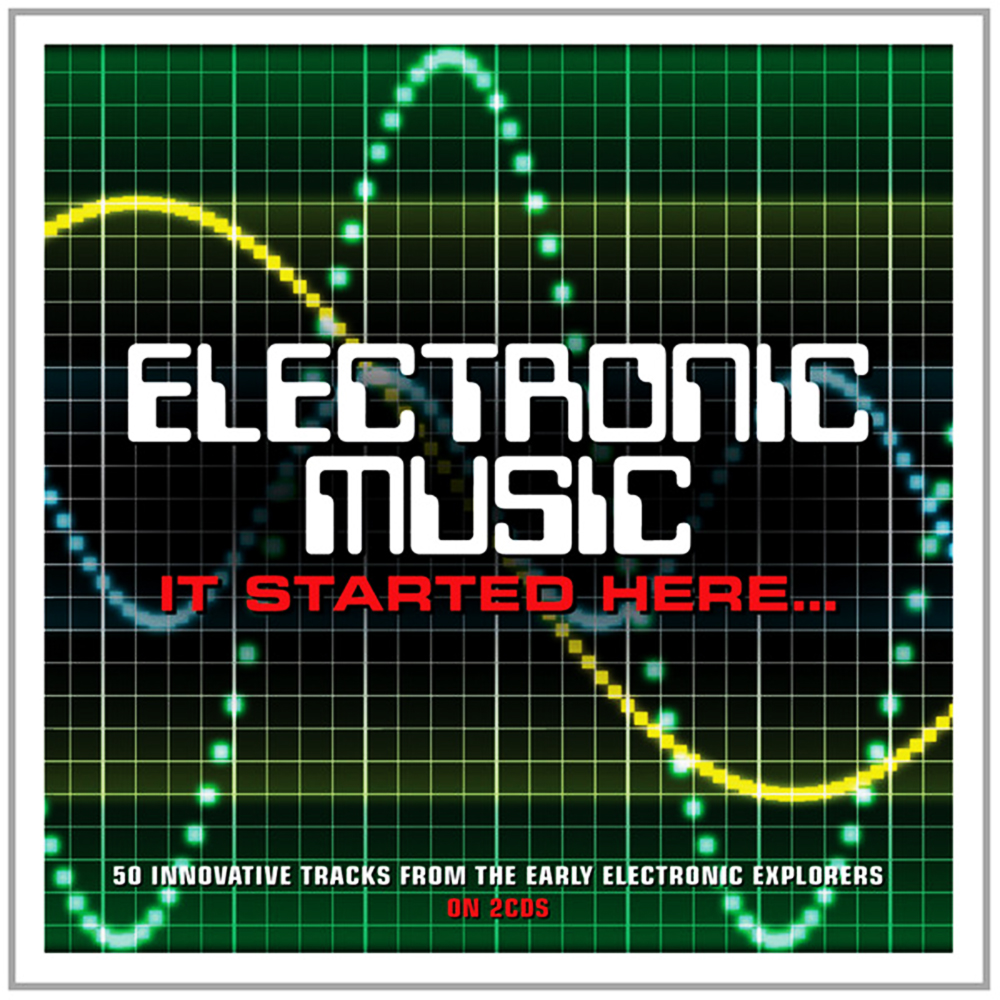
Louis and Bebe Barron – Forbidden Planet (1956 / Planet)
The 1956 sci-fi thriller Forbidden Planet was the first major motion picture to feature an all-electronic film score — a soundtrack that predated synthesizers and samplers. It was like nothing the audience had seen or heard. « Forbidden Planet » is my favorite Sci-Fi movie and its soundtrack is a MUST HAVE !
Her’s an interview with the composer:
https://www.effectrode.com/knowledge-base/the-first-electronic-filmscore-forbidden-planet-a-conversation-with-bebe-barron/
